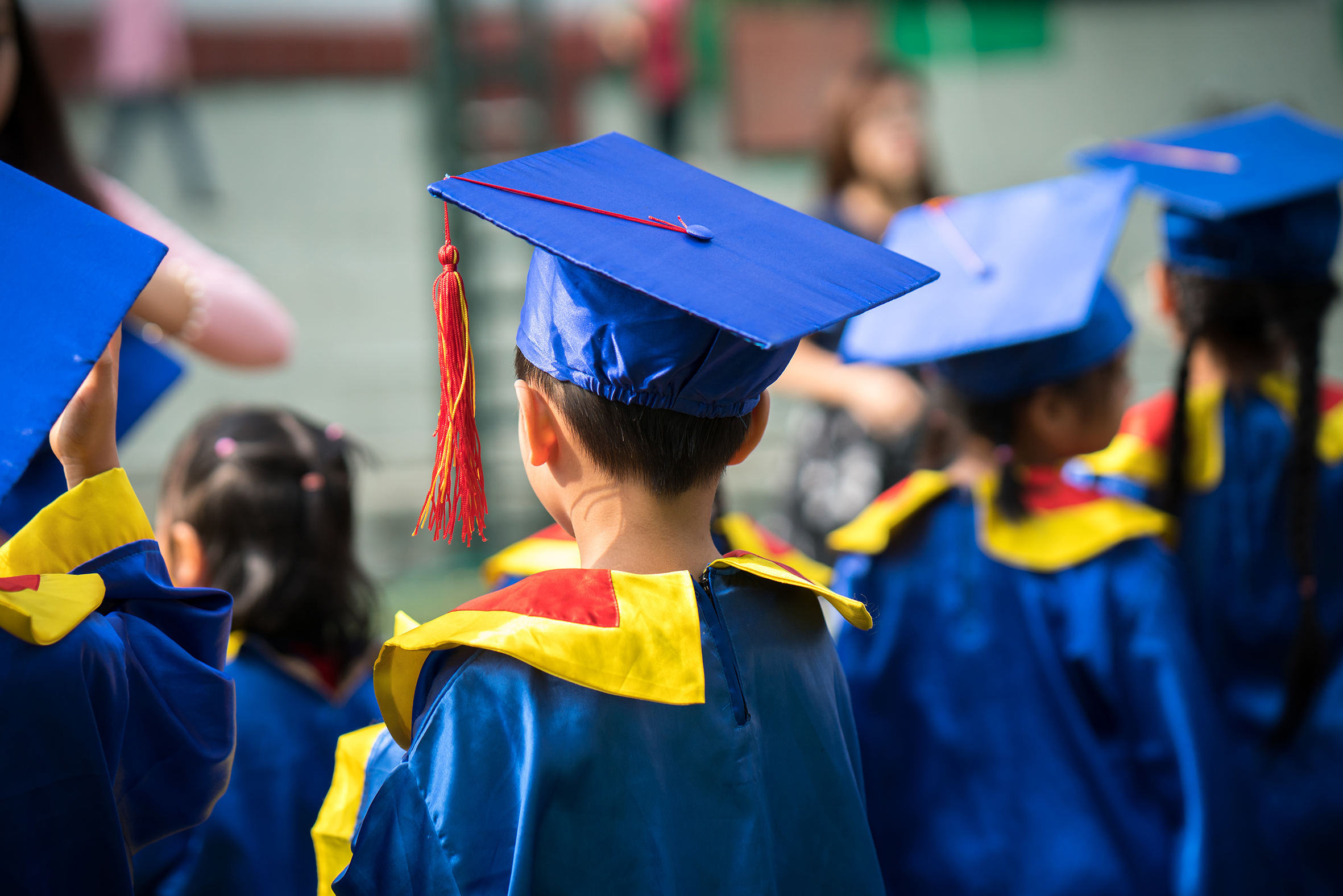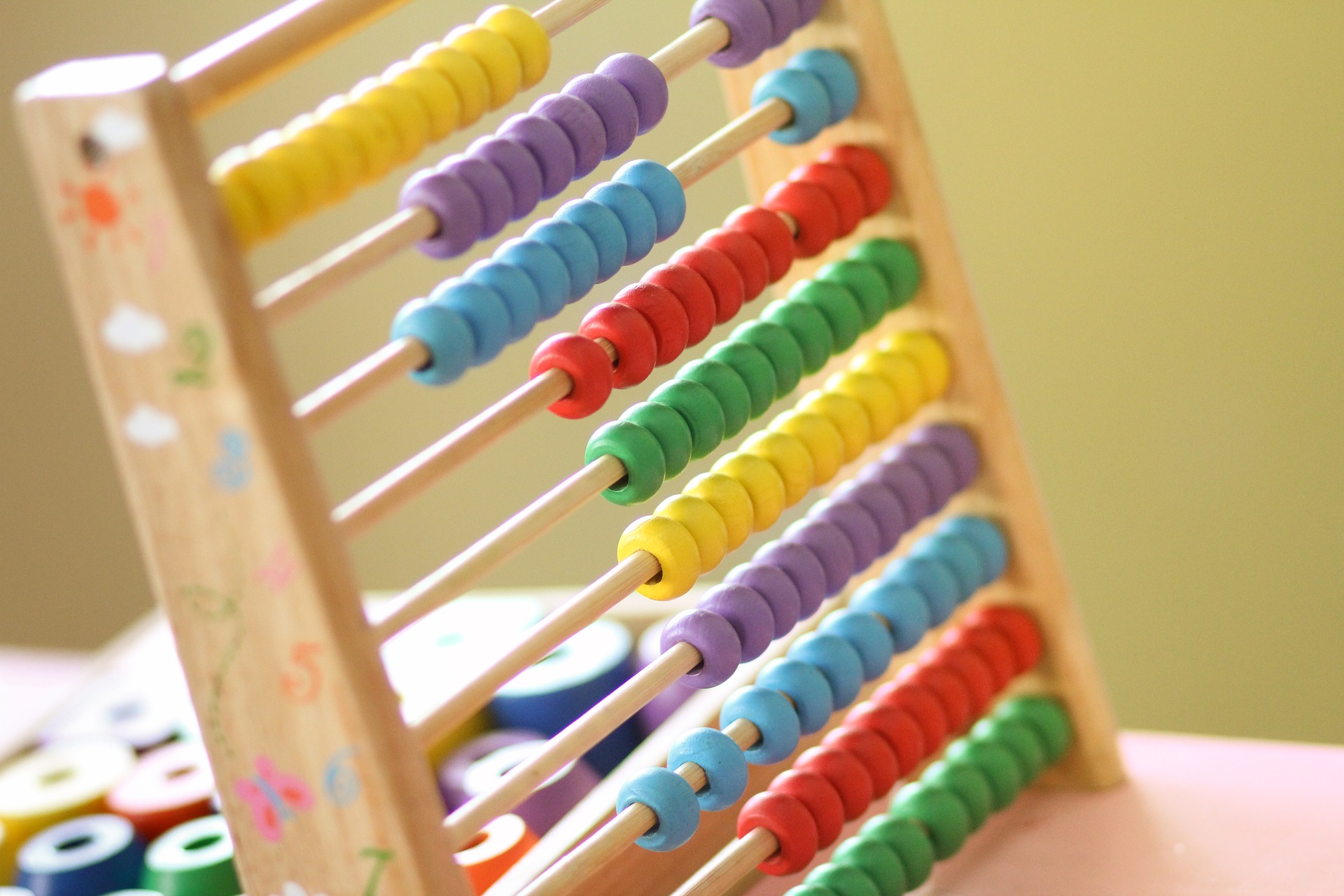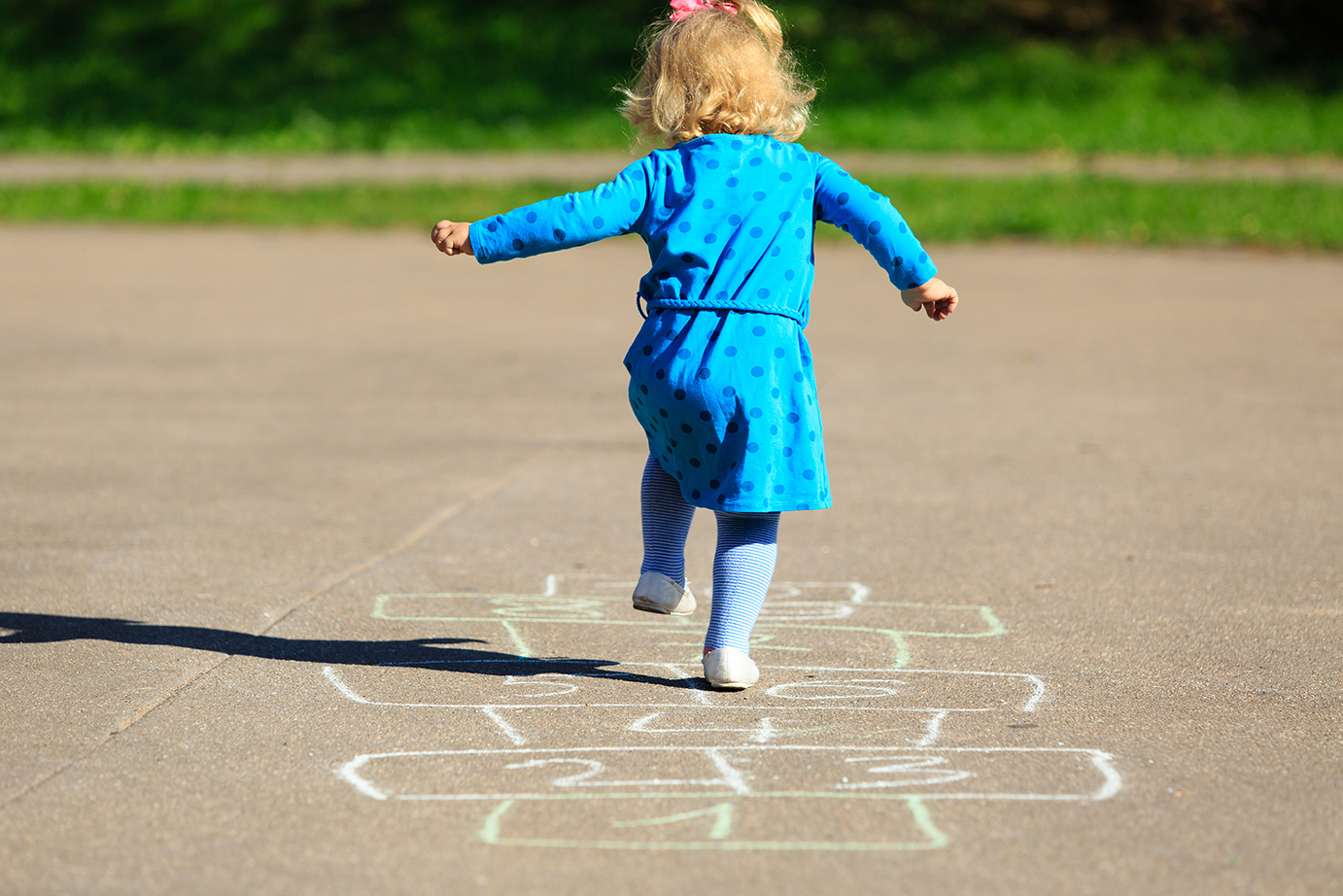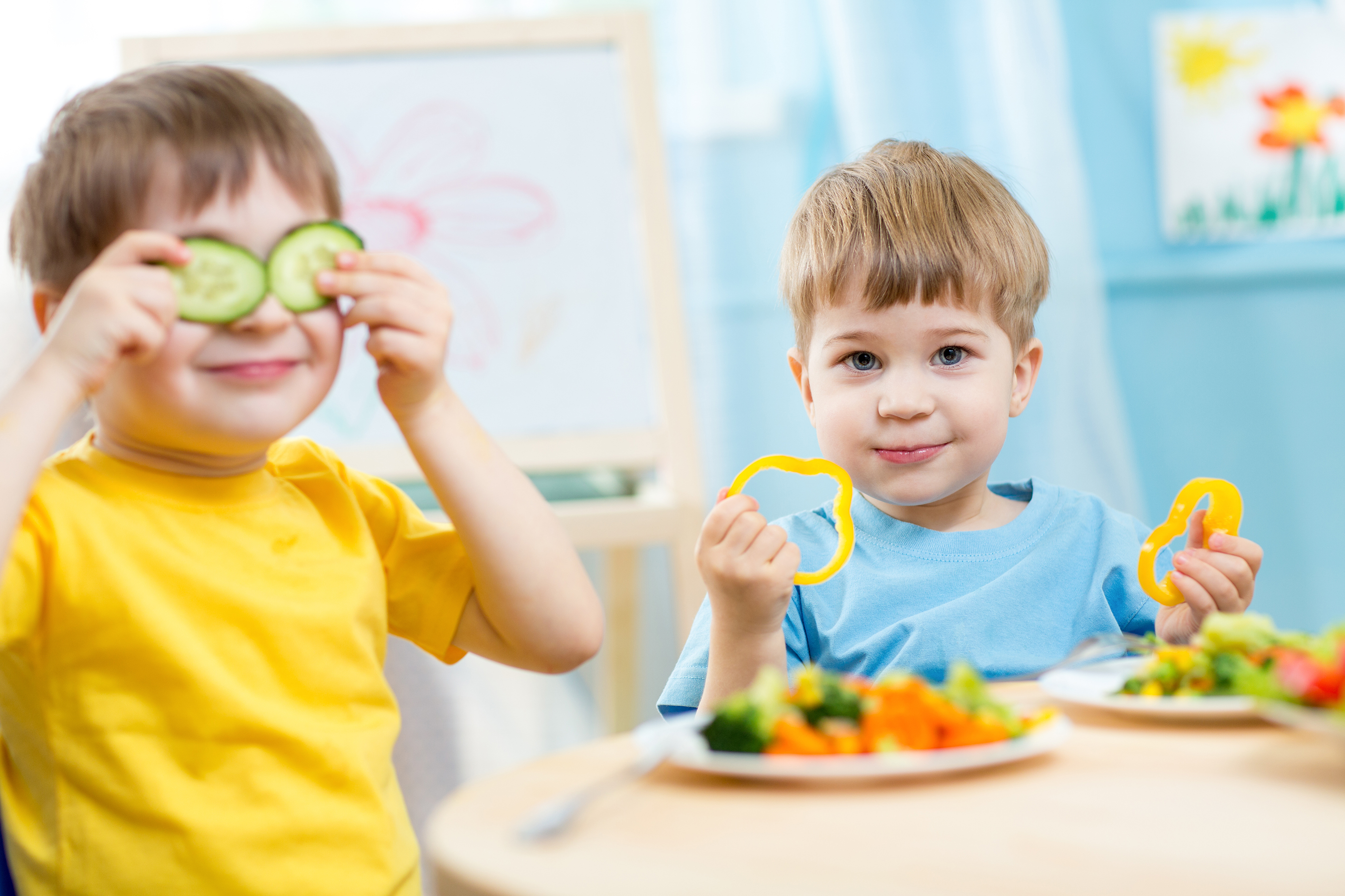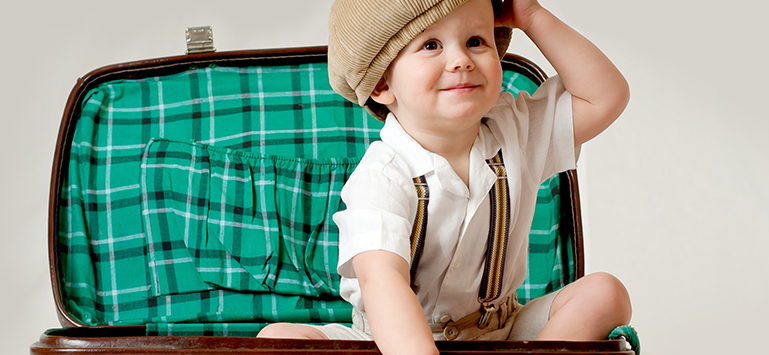EYFS Chinese New Year Activities
Chinese New Year, also referred to as Lunar New Year, is the Chinese festival which celebrates the New Year on the traditional Chinese calendar. The Chinese calendar calculates the days, months and years based on astronomical phenomena. Because the calendar accords to patterns of the solar calendar the date of the Chinese New Year varies year-to-year. It usually falls on the second new moon following the December solstice.
The Chinese Zodiac animals are often used to represent years. 2020 is the Year of the Rat. The Zodiac signs play an integral part in Chinese culture and can be used to determine your fortune for that year. Different meanings and characteristics are assigned to each animal, for example the rat (鼠—shŭ), represents people who like saving and collecting. Although normally deemed successful ,they don’t look for praise.
Chinese New Year is a perfect way to introduce your early years children to different cultures and traditions that may not be familiar to them or their families. It’s also a perfect way to keep celebrations going following Christmas and New Year!
There are many different ways to celebrate and learn about the traditions of Chinese New Year, here’s our top three EYFS Chinese New Year activates that you can use at try school, nursery or preschool.
1) Chinese Food
During lunch or tea time take the opportunity for children to try different food from China and expand their taste buds. You could try lots of pick ‘n’ mix bowls with common chinese food. Spring rolls, prawn crackers, rice, sweet and sour chicken or tofu, as well as many other common dishes can be made in your setting.
Alternatively, children can contribute to the whole setting’s lunch or tea by making their own Chinese foods. This can get children excited about the food they’re going to eat. Above all, it gives your chef a helping hand!
Try these simply recipes that your early years children can make and enjoy:
2) Chinese Dragon Painting
There are many different ways you can go about painting a Chinese Dragon to celebrate the Chinese New Year. Try a painting or messy play activity and create a dragon using hand and footprints, this means that children of all ages can be involved. Use green, orange, yellow and red paint to create the long body and head of the dragon. Older children can then add the details, for instance, big google-y eyes, scales and whiskers/moustache.
You can create individual dragons or bring together multiple pieces to make a larger dragon for a mesmerising display board!
3) Chinese New Year Writing
Your children may have been working on phonics, numbers or even talking about animals recently, use these subjects and incorporate them in to your Chinese writing activity. For younger children a simply painting activity with black paint is great way to work on those little muscles. For older children, try a look-and-copy activity – don’t worry it doesn’t have to be perfect!
Children can also use laminated sheets to trace the Chinese letters and then wipe clean for another child to use or to be used next year!
Don’t forget to decorate your rooms for the occasion. For example, make displays of children’s artwork, use lanterns and lots of red colours to spark children’s imagination and wonder.
Discover more information on Chinese New Year and other EYFS activities below:



